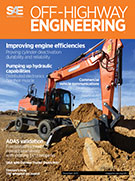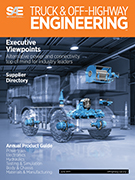Standard
CAN FD Data Link Layer
2022-09-08
CURRENT
J1939-22_202209
The flexible data rate capability in CAN (commonly called CAN FD) is implemented as a transport layer in order to allow for functional safety, cybersecurity, extended transport capability, and backward compatibility with SAE J1939DA.














